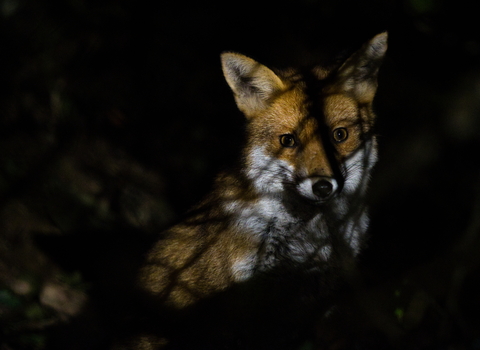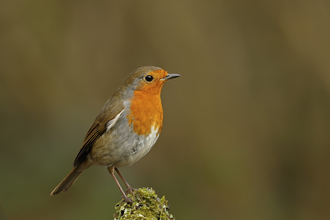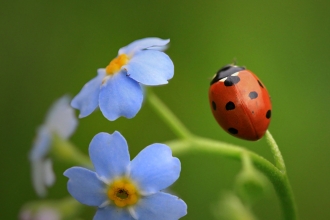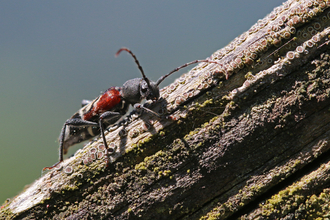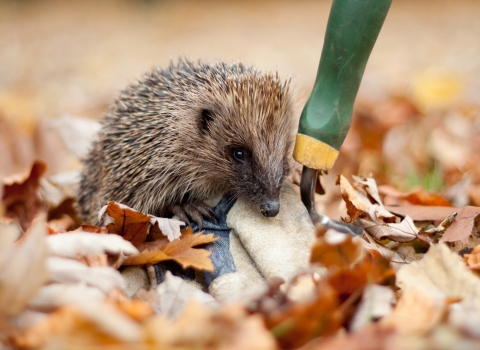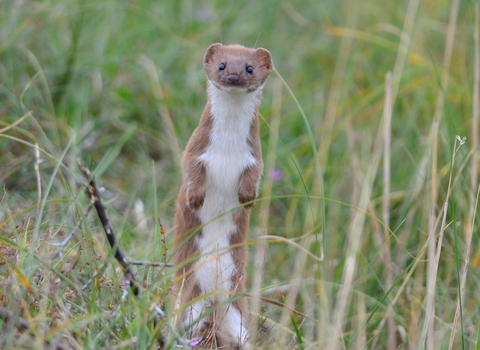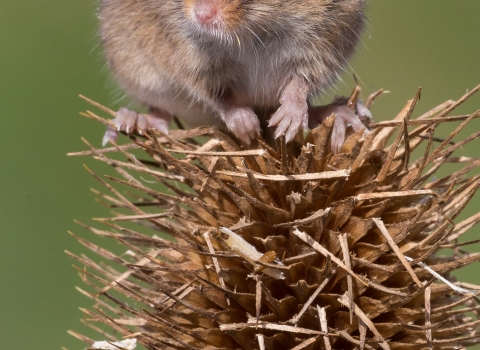Mammals? Where? These animals with fascinating behaviours are out there but many are elusive or working the night shift. Worcestershire Mammal Group committee member Jen Loyd-Pain helps us to discover more about the creatures that often live alongside us.
If you’ve had the pleasure of watching an otter swim or a badger forage, you'll appreciate that it’s worth that extra effort to encounter wild mammals. Searching for them is a challenge but that’s what makes it so satisfying; all it takes is learning a little about their identification, habitats and activities. You might not see many but the fun is being a detective and looking for signs such as tracks, droppings and feeding evidence. These can be found almost anywhere including the countryside, local parks and your own garden.
Below are a few of the 24 species of land mammal to get you observing and maybe even recording what you spot!
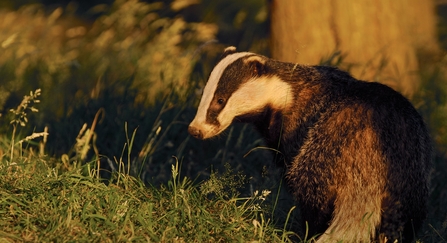
Badger by Andrew Parkinson/2020VISION
Badger Meles meles
This iconic species is seldom encountered due to its nocturnal habits. A frequently overlooked tell-tale sign that a badger has been in the area are ‘snuffle holes’ in the grass. These are small depressions made by the badger’s long snout as it searches for insect larvae and, its favourite food, earthworms. Trails through grasses that badgers use when traveling to feeding areas become more worn closest to the sett. If you come across hair, try rolling it between your fingers - badger hair is quite coarse and is oval in shape so won't easily roll.
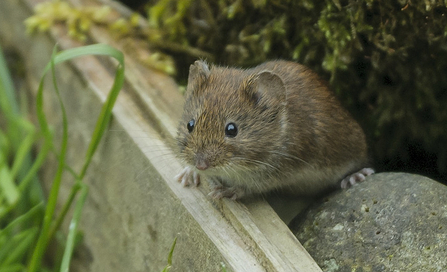
Bank vole by John Bridges
Bank vole Myodes glareolus
This charismatic rodent, like the similar field vole, has a blunt snout. Unlike the field vole which has grey-brown fur, the bank vole has warm chestnut brown fur on its back and a longer tail. It can be found in deciduous woodland and wherever there is ground cover and food, including gardens. Active year-round by day and night, bank voles walk or run, unlike mice that hop & jump.
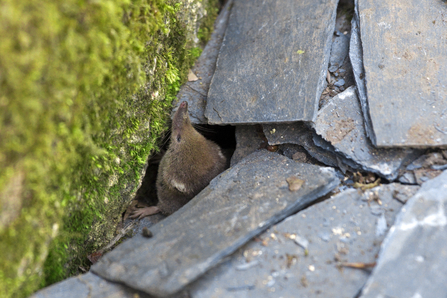
Common shrew by Pete Cheshire
Common shrew Sorex araneus
The common shrew is active all year, especially at night. In fact, it is very active. A high metabolism requires this little animal to consume up to 90% of its body weight daily. Up to four litters are born each year. The young sometimes follow their mother in a line when venturing out of the next, each grasping onto the tail of the sibling in front with its teeth. Shrews are highly territorial so listen out for high-pitched squeaks and squeals as they encounter each other.
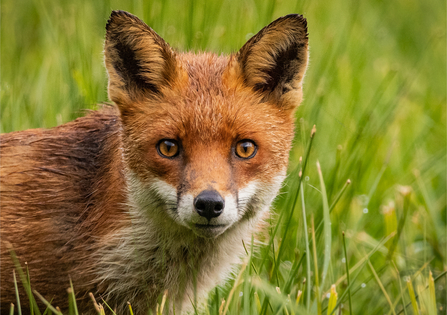
Red fox by Rebekah Nash
Red fox Vulpes vulpes
Whether you live in the countryside or in town, you will be familiar with the highly adaptable fox. It is the only UK mammal resembling a dog and has a white-tipped bushy tail. Signs include tracks, feeding evidence and dens. Look out for droppings with a twisted appearance, often left in a prominent place, and listen for three barks in quick succession or the vixen’s loud scream on a quiet winter night.
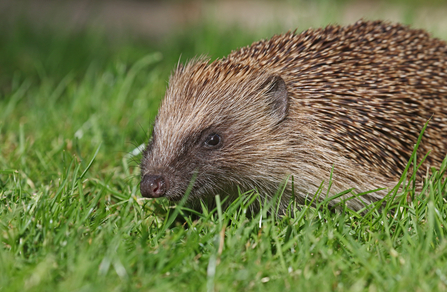
Hedgehog by Wendy Carter
Hedgehog Erinaceus europaeus
Although hedgehogs may not be as common a sight as they used to be, the good news is that they are still visiting many invertebrate-rich gardens in the middle of the night. Offering food and water and providing ‘tunnels’ through fences and hedges may go a long way to giving Britain’s only spiny mammal a hand. Its legs are surprisingly long, allowing the hedgehog to run and even climb. Look for a cylindrical black poo studded with beetle wing cases. You can find more information, and let us know if you've seen a hedgehog, on our Worcestershire's hedgehog webpage.
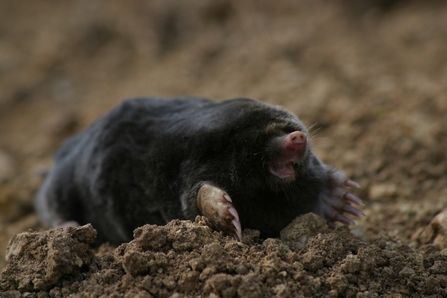
Mole by Steve Bottom
Mole Talpa europaea
The mole is a common mammal in the UK. The result of tunnelling activity, molehills are a familiar sight in open areas. This intriguing animal is under-recorded and not always appreciated. You may actually see a mole as it excavates burrows or when young come above ground at night throughout July to August in order to disperse. Since molehill soil comes from beneath the surface layer containing seeds, it is excellent for potting plants. Discover more about molehills in our short video.
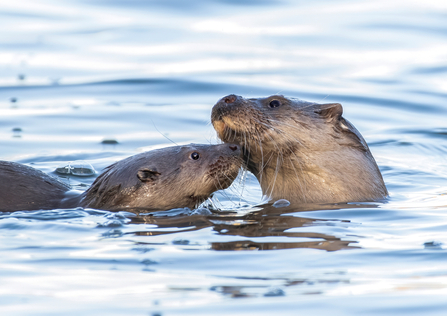
Otters by Matthew Lissimore
Otter Lutra lutra
This protected, social animal has been making a comeback since water quality has improved in many areas. Take a stroll along a river or canal in Worcestershire and you may encounter an otter, or signs of one, in freshwater habitats. There is likely to be more activity during the first few hours of darkness around inland waterways. The otter swims with only its head visible and eyeshine is a dull red. Most people aren't lucky enough to spot an otter so look on prominent places for spraint - poo - which will be tar-like in colour but with a relatively pleasant odour (if you're brave enough to sniff).
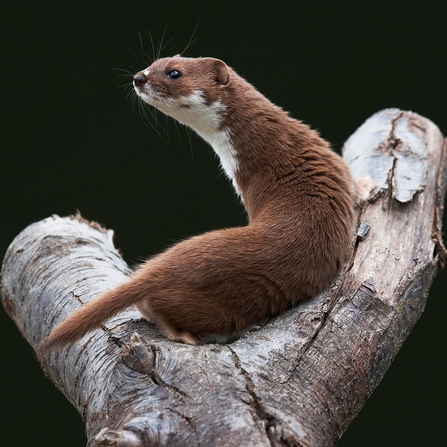
Weasel by Elliot Smith
Weasel Mustela nivalis
It is a privilege to catch a glimpse of the smallest UK carnivore. This shy mustelid is active day and night, even throughout the coldest winter months. The weasel is an important specialist predator of voles and often hunts in dense vegetation or in the burrows of their prey. Signs can be difficult to find. Field boundaries and along stone walls are good places to look for tracks and droppings.
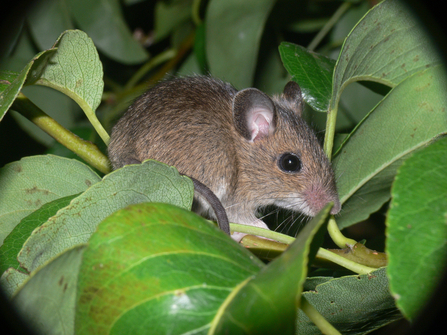
Wood mouse by Bob Knight
Wood mouse Apodemus sylvaticus
Our most common rodent with the widest range, with careful observation the wood mouse can be seen in gardens as well as woodlands. It is generally nocturnal but may forage in daylight, especially during summer. They are usually solitary but four individuals were captured on video repeatedly sliding down old roof tiles propped against the author's shed! Wood mice have been discovered to make ‘signposts’ from leaves, shells and the like to help them navigate.
The Worcestershire Mammal Group is a welcoming and supportive bunch of people who welcome new members, enjoy learning from one another and pitching in for mammal conservation in Worcestershire.

